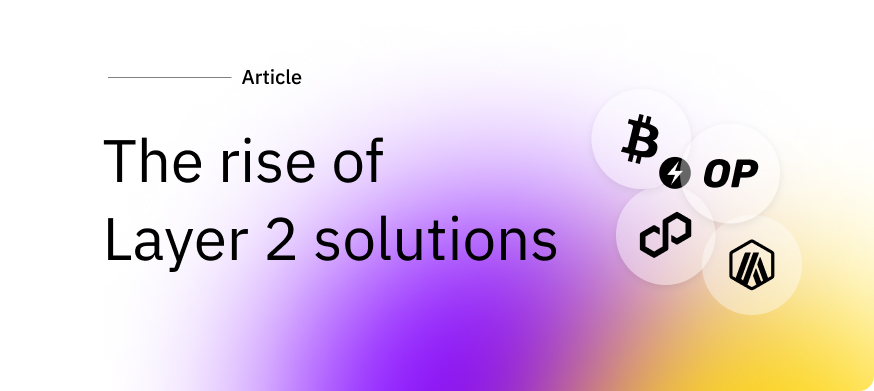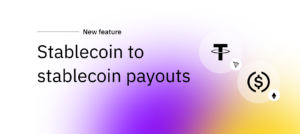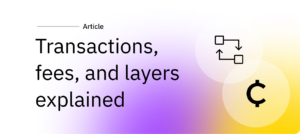Why are Layer 2 solutions on the rise?

The development is inexorable. In February this year, Arbitrum One chain surpassed Bitcoin and took second place. The demand for scalable, low-cost, and fast crypto payments has fueled the rise of Layer 2 solutions like Arbitrum One, Optimism, or Lightning. What causes more and more merchants to leave TRON for Layer 2 blockchains?
The networks mentioned above address the limitations of TRON, Ethereum, and Bitcoin’s Layer 1 by offering cheaper, faster, and more efficient transactions, making them ideal for everyday payments (as well as DeFi). The main reasons why they are gaining momentum:
Transaction fees
The math here is simple. High fees on Ethereum and Bitcoin make small transactions impractical. Layer 2 solutions dramatically reduce costs.
Arbitrum One and Optimism cut Ethereum gas fees by up to 90% by aggregating multiple transactions into a single batch. Lightning Network enables near-zero fee Bitcoin transactions by allowing users to transact off-chain before final settlement on the Bitcoin blockchain.
This makes microtransactions, merchant payments, and DeFi activities far more accessible.
Payment speed
For real-world payments, speed is critical. Layer 1 networks can take minutes to hours to finalize the transactions, but Layer 2 solutions provide near-instant transactions.
Arbitrum One & Optimism finalize transactions within seconds. Lightning Network enables instant Bitcoin transfers, making it ideal for daily purchases like coffee or online shopping.
Security
The Lightning Network enhances Bitcoin’s security by reducing on-chain exposure, using multi-signature smart contracts and Hashed Time-Locked Contracts (HTLCs) to prevent fraud.
Unlike Bitcoin’s base layer, where transactions are final but slow and costly, Lightning enables instant, off-chain payments while ensuring users can permanently settle disputes on Bitcoin’s blockchain.
This reduces attack surfaces, minimizes miner manipulation risks, and enhances privacy, making it more secure for frequent transactions while still relying on Bitcoin’s proof-of-work for final settlement.
Adoption
Businesses, DeFi protocols, and payment providers are adopting Layer 2 solutions quite rapidly.
Arbitrum One powers top DeFi apps like Uniswap, GMX, and Aave, facilitating fast and cheap swaps. Optimism supports platforms like Synthetix and Velodrome, making financial transactions more efficient.
And Lightning Network is being integrated into major payment platforms, including Strike, Cash App, and even Twitter, allowing Bitcoin payments globally.
And the last one is…
Scalability issues
It’s simple—Ethereum and Bitcoin face congestion and high transaction costs due to limited throughput. Ethereum can handle only about 15 transactions per second (TPS), leading to expensive gas fees. Bitcoin processes ~7 TPS, making it inefficient for fast payments.
Now, compare the figures mentioned to these Layer 2 TPS:
- Polygon – 7,000
- Arbitrum One – 2,000
- Optimism – 2,000
- Bitcoin Lightning – up to 1,000,000
As you can read and see, crypto payments on Layer 2 are faster, cheaper, and more scalable than ever before. No wonder businesses that rely on instant transactions, low fees, and mass payouts are adopting these solutions over traditional Layer 1 blockchains.
Whether for DeFi, NFT transactions, or real-world purchases, L1 is making cryptocurrency more practical for everyday use. And that’s what we–and you–want.


